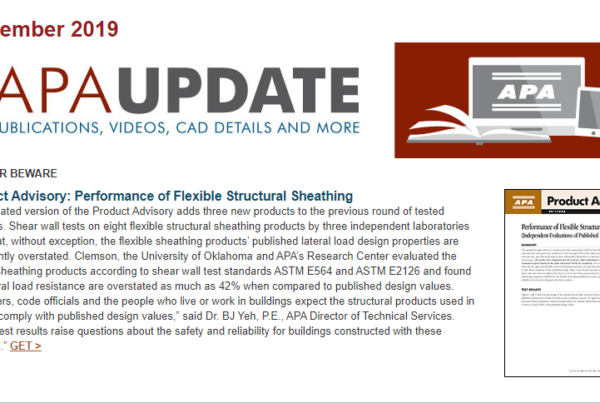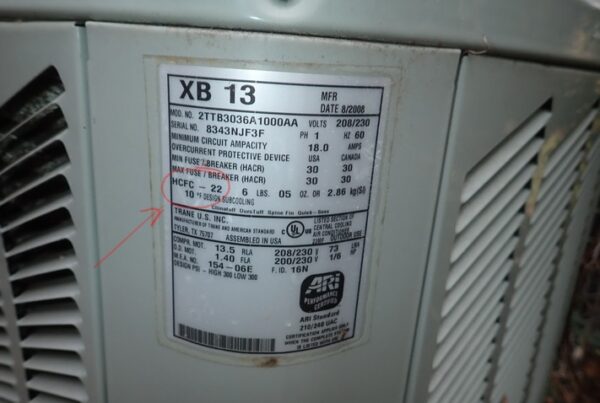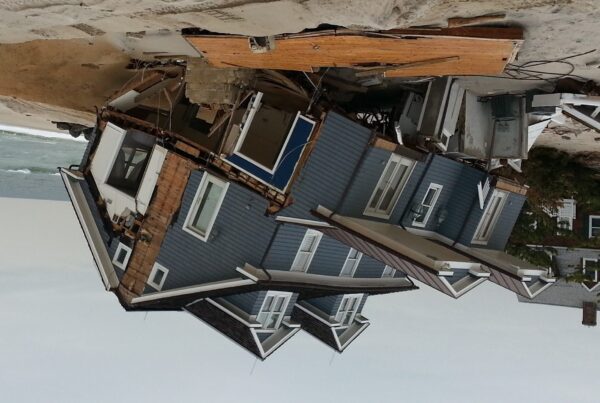As inspection engineers we are tasked with numerous responsibilities in assessing building conditions for our clients. In the final analysis, much of our evaluation is a judgment on how the building has been, is, and will continue to operate in an “acceptable” manner. Successful operation of most buildings is almost entirely a function of their maintainability.
Consider the fundamental elements of life time costs relating to a building. Typically the acquisition aspect (which can also include costs associated with renewal and disposal of the structure) runs about one fifth – on average – of the overall life time costs. Another typical cost is that relating to design and construction. Once again using an average, such costs represent about ten percent of overall life time costs. The balance – representing an enormous 70% of life time costs – relates to operation and maintenance.
That should tell us that focusing our inspection engineering efforts on building operations and maintenance will deliver the most bang for the buck for our clients. With some careful consideration, you will probably realize that is where most of your effort already is focused. But let’s see if we can further discuss and consider such efforts.
My early career as a new engineer out of college was largely spent in power plant operations, and in various aspects of the utility industry in general. A considerable portion of that effort focused on maintenance management of plant systems. I quickly learned the basic philosophies of maintenance in those days broke down into running equipment to failure, then repairing it; following a preventive maintenance schedule and addressing equipment needs on a scheduled basis regardless of operating condition; and lastly, following predictive or condition based maintenance. The first two are easily understood. The third category is best exemplified by considering maintenance performed on equipment that might be fitted with vibration detection. As vibration conditions changed from those considered “historically acceptable” maintenance could be planned (“predicted”) before an actual failure occurred.
Today a more sophisticated category can be added which is referred to as automated fault detection and diagnosis. Technological advancements involving computerization over the last 25 to 30 years has enabled software based problem detection and diagnosis.
So how does all this relate to our work as inspection engineers? Before we can make that assessment, let’s consider the real purpose or functionality of any building system. We want any building system to be consistently available to perform its function. To perform its function the system must have the inherent capability to do so. This is at least a part of design, but can also relate to the state of maintenance. Next we want the system to have good deliverability. When the system must do its job, it can do so at the highest possible level. Dependability is another important aspect, embodying the ability to count on the system being “predictable” in its ability to do its job. A system’s durability speaks to the age related service life. Knowing something about durability says a lot about the possible functionality of the system in question. Lastly, system maintainability has implicit in it many of the other aspects just cited. A system that cannot be maintained because it is inaccessible has inherent risks regarding its long term functioning.
As we examine buildings for our clients I submit that the very first part of any inspection engineering service should be a short “head game” we play in advance of visiting the site. The basis for the head game is the material just presented. Going to a single family residence? In all likelihood even the most sophisticated single family residence has probably followed the “run to failure and repair” approach. Not too many homeowners are operating preventive or predictive maintenance programs for the houses. For single family homes, this simple thought process will tell you that there is a huge chance for many problems in residences. Similarly, multi-family structures such as rental apartment buildings and often condominium and cooperative facilities use the same approach. The “head game” thought process suggested here should alert you to be especially tuned in to many potential problems in such buildings.
Now let’s imagine a small clean room type manufacturing facility. Here the “head game” should tell us that certain aspects of building operation and maintenance are crucial to the financial success of the operation. While elements of run to failure and repair may exist, there is a good chance some type of preventive and maybe even predictive maintenance is on going to ensure the financial viability of production. In this case our mental exercise should not cause us to be less aware, but can shift the focus of problem detection to more subtle indicators of deterioration.
A final example is a hospital. Hospitals are generally accredited by a specialized agency that has many standards that must be met and are subject to periodic accrediting agency examination. Our pre-inspection mental gymnastics should not tell us to drop our guard, but may cause us to want to focus on specific records likely to be maintained for the accreditation process.
Is it more apparent now that the work of building inspection engineers very largely focuses on an inherent understanding of owner operation and maintenance of the facility? Once a building has been erected and occupied, virtually anything else concerning its success as a structure to house some particular function is entirely dependent on its operation and maintenance. That means a sound understanding of those functions is inherent in arriving at correct, usable conclusions for our clients.
Even design or construction errors manifest themselves as part of operation and maintenance (O&M). An effective owner or occupant based program for O&M can often detect such problems. But in a building with no such program in place, only the alert inspection engineer will identify such issues.
One of the most important questions that can be asked of a building owner (or tenant) is what kind of maintenance is being performed on the building? Asking that question and disclosing the answer in your report findings speaks volumes about the risk of future problems.
Note: Some material for this article is derived from chapter 39 of the 2011 ASHRAE Handbook for HVAC Applications. The Examiner acknowledges and thanks ASHRAE for the material.
*This article had been posted in the Summer 2011 edition of The Examiner.


